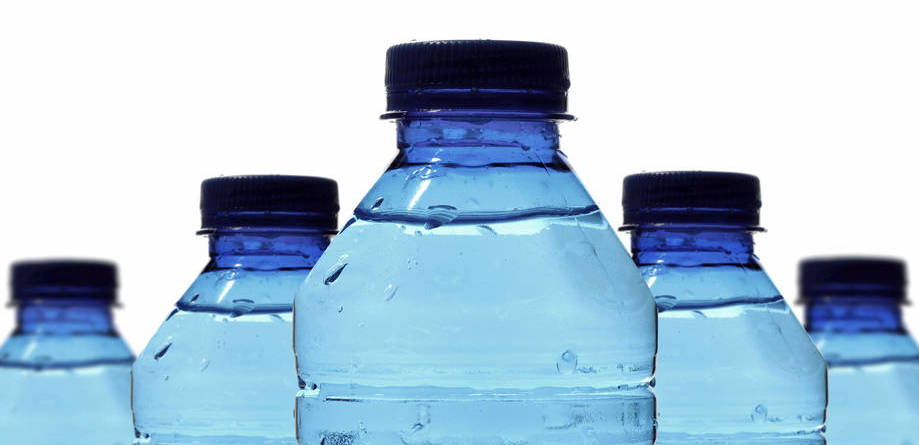Information concerning the environmental impacts and health effects of plastics is lacking

Information on the environmental impacts and health effects of plastics is still lacking, tells a recent study by the Finnish Environment Institute and the Finnish Institute for Health and Welfare.
So far, environmental research on plastics has concentrated strongly on aquatic environment. However, plastic emissions into the terrestrial environment are expected to be significantly higher compared to the aquatic environment. More information is also needed on the health effects of microplastics.
“The effects of exposure to microplastics on our health are not yet known, nor is so called cut-off concentration when they become harmful. However, according to current knowledge health risks are expected to be low at current exposure levels. Still, if the amount of microplastics in the environment increases and the exposure level therein at the same time, the situation may change,” says senior researcher Merja Korkalainen from the Finnish Institute for Health and Welfare.
“Estimation of comprehensive environmental risks posed by plastics, especially microplastics, has shown to be difficult since the so called acceptable concentrations of plastics in the environment has not yet been defined,” says researcher Päivi Fjäder of the Finnish Environment Institute.
The project also addressed the sustainable circular economy of plastics and assessed various management measures to reduce environmental and health impacts of plastics. Even though the regulation concerning plastics and their possible impacts has been increased recently, the main problem is still related to the fact that there is no direct control measures to prevent the formation of smaller plastic particles, known as secondary microplastics, degraded from larger plastics released into the environment.
Microplastics enter into the human body via food, drink and inhalation
People are exposed to microplastics on a daily basis through consumption of food and drinks, and during inhalation. The exact amount of exposure to microplastics is currently unknown, but according to the latest international estimates, it is between 0.1 and 5 grams per week.
Almost all microplastics that enter the body through the gastrointestinal tract are excreted in faeces. In turn, microplastics that enter through inhalation are largely removed by the airway clearance mechanisms. However, some of the smallest microplastics can be absorbed into the bloodstream and transported throughout the body. Microplastics have been found in human placentas, lung tissue and blood.
Studies on laboratory animals and cell models have shown that microplastics at very high concentrations can cause inflammation, oxidative stress and cytotoxicity. However, the high doses and plastic qualities used in the studies do not correspond to normal human exposure.
Plastic enters the environment from various sources
Plastic are released to the environment from various emission sources, and from all stages of their life cycle. In Finland, the main sources of plastics to the terrestrial environment and their possible pathways to aquatic environment are the recreational use of beaches, construction, illegal dumping of waste and the load caused by urban run-off.
The most significant individual sources of microplastics and their possible pathways to aquatic environment are, for example, microplastics degraded from larger plastic items released to the environment, traffic, artificial turf fields and other artificial surfaces, construction, waste water and use of municipal sludge.
However, all possible sources and pathways of microplastics are not entirely identified yet. For example, there are no comprehensive estimates of the atmospheric deposition so far.
Plastics can cause serious environmental problems
“Ecological harm caused by plastics and plastic litter refers to effects which can be fatal or seriously damage organisms’ viability. These may include entanglement in plastics, the difficulties to move, physical injuries or abnormalities, the harm caused by eating plastics, and the possible accumulation of chemicals additives or other chemicals adsorb and transported by plastic to the organisms’ tissues. However, there is still a lack of data on the effects on the population and ecological community level of large plastic items e.g. macro-plastics,” says Fjäder.
In the aquatic environment, abandoned lost or otherwise discarded fishing gear have been found to be particularly harmful to various groups of aquatic organisms. Birds in particular, have also been found to suffer from the various effects of plastics.
The impacts of plastics on soil and terrestrial organisms have been studied far less than the impacts on aquatic organisms, even though the load on terrestrial environment is expected to be much higher than on the aquatic environment. However, researchers suggest that the effects are similar to those in the aquatic environment. In addition, plastics released to soil can cause changes in water resources and the structure and functioning of microbial communities. Soil-dwelling organisms can also act as a pathway for microplastics into food webs above terrestrial environment.
Plastics can cause changes in habitats by suffocating communities that are left beneath them. In turn, hard plastic items released to the soft bottoms in the aquatic environment can create new habitats for species living on hard bottoms. However, there is still lack of information on these changes in habitats.
In this project, SYKE and THL gathered the scattered data on the adverse environmental impacts and health effects of plastics and identified the most significant knowledge gaps. The information has been published in the report “Muovien haitalliset ympäristö- ja terveysvaikutukset” (“Adverse environmental and health impacts of plastics”) and on SYKE’s website materiaalitkiertoon.fi/muovit.
The project, funded by the Ministry of the Environment, implements the Plastic Roadmap, a national initiative that promotes the cross sectoral circular economy of plastics. The main goal of the Plastic Roadmap is to achieve a breakthrough in the circular economy of plastics in Finland by 2030.
Material
Muovien haitalliset ympäristö- ja terveysvaikutukset ( in Finnish)
Muovit, ympäristö ja kiertotalous (in Finnish)
Muovitiekartta.fi (in Finnish)
Further information
Health effects:
Merja Korkalainen
Senior Researcher
Finnish Institute for Health and Welfare THL
tel. +358 (0)29 524 6318
[email protected]
Environmental impact:
Päivi Fjäder
Researcher
Finnish Environment Institute SYKE
tel. +358 (0)295 251 434
[email protected]



